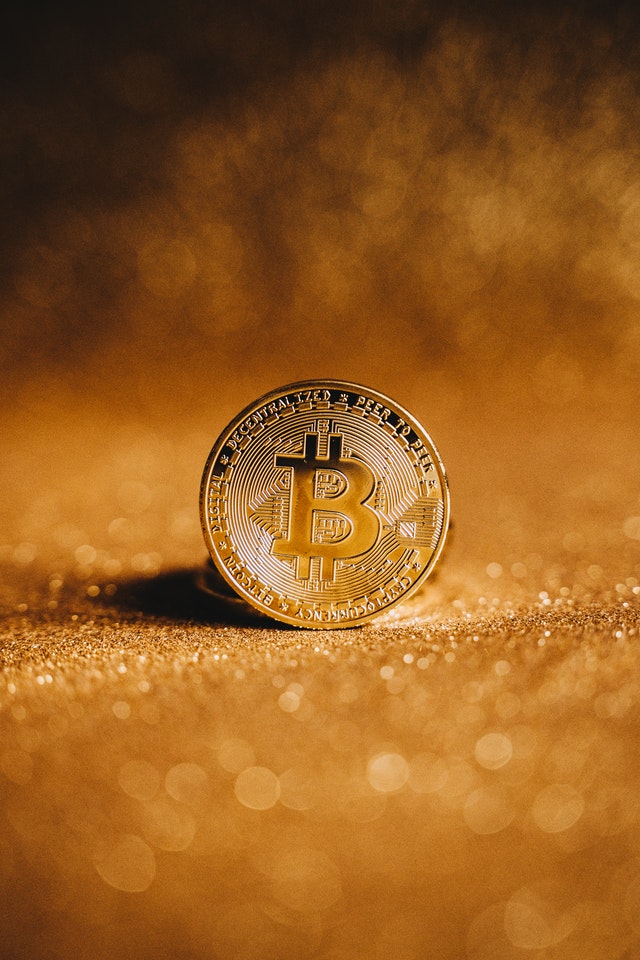
Coinposters
India Crypto community misinterpreted private crypto ban, says crypto bill creator

A ban was recently announced in India. The creator of this cryptocurrency bill, Subhash Garg, the former Finance Secretary disagreed with the idea of banning private crypto. The Former Finance Secretary said that the crypto bill was misunderstood: private crypto was not banned. He emphasized the incredible potential of cryptocurrencies and the blockchain industry. Regarding how the bill was described, Garg said, “it was perhaps a mistake” when he was interviewed by News 18. The description was misleading to the general public and undoubtedly led to the fears that led to mass panic selling of cryptocurrency on India’s stock exchanges.
Garg’s Take on Crypto legislation and stated ban
The former Finance secretary thinks that the government ought to ratify cryptocurrency bills after engaging various stakeholders, including cryptocurrency investors. The bill does not elaborate on what it means by banning “private” cryptocurrency trading. However, it does go on to suggest that this private trading is banned.
The Confusion
Since there was a lack of clarity on the bill, the cryptocurrency community in India interpreted it in their ways. One way people understood the bill was that it was banning all non-government-issued cryptocurrencies. Another way that this bill was interpreted was that the bill excluded crypto on public blockchains like that of Ether or Bitcoin.
The Former Finance Secretary also addressed an issue regarding the classification of the assets. He said that there was a flaw, therein. Garg expressed that cryptocurrency exchanges do not have broad interests. Rather these exchanges tend to have a smaller focus and do not typify the collective cryptocurrency community.
More Issues to Address
Garg talked about the complexities of the central bank’s digital currency initiatives. He highlighted that of India as one that also has such complexities inherent. He believes that the Indian government must initially work on solving the current challenges at hand. Some of these challenges that he cited included the lack of smartphones and the issuing of digital wallets.
The Indian Crypto Market is Still Attractive regardless of the Ban
Regardless of all these misunderstandings and mistakes in India’s announcing or clarifying of legislation, the crypto market remains attractive to interested crypto investors. International firms continue to enter the market. One such firm is Coinstore. Coinstore is a crypto exchange from Singapore. So far, Coinstore has decided to invest in a US$ 20 million fund to establish 3 business premises in the region.
A Coinstore spokesman was upbeat about the future of investing in India’s crypto market. The spokesman felt encouraged that India would make a progressive crypto regulatory framework. Stern Know Your Customer processes for customers, security prerequisites for exchanges, and overall regulation for crypto would help Indian users be a lot safer trading on India’s crypto exchanges, said the spokesman. He added that it would also help to make crypto laws more clear for all stakeholders.
About India
India, a country located in Southern Asia stands out among nations. The country happens to be the most populated democratic nation. It also happens to be the seventh-biggest country, geographically. Its neighbors are Pakistan, China, Nepal, Bhutan, Bangladesh, and Myanmar. India is also boundaried by the Indian Ocean to its south and the Arabian Sea to the southwest. India used to be a poor nation in the 1951s and could have been considered comparatively destitute then. However, since then, India’s population has increasingly become wealthy and its middle class has grown too. The nation has become a fast-growing big economy. It is also now a center for information communication technology services. Even though India has managed to reduce its poverty rate, the economic disparities have grown. There are more super-rich Indians in the population whilst millions of Indians remain at the poverty line.
Latest
Bitcoin
09 May 2024
Bitcoin
19 Apr 2024
Bitcoin
16 Jan 2024
Bitcoin
31 Aug 2023
Bitcoin
24 Jun 2023
Bitcoin
24 Jun 2023













